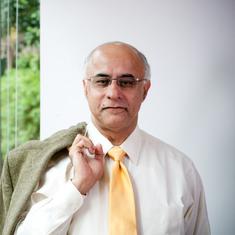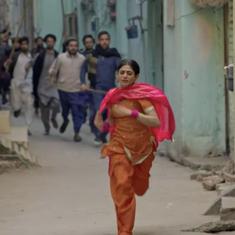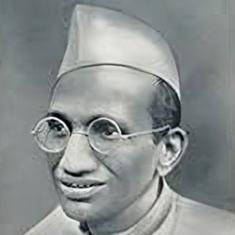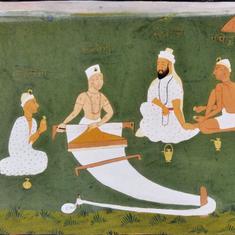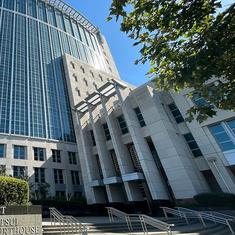Despite numerous scandals hitting the sport since its 2008 debut, here are five reasons the IPL is going from strength to strength:
Global appeal
Steve Smith and David Warner will be missing because of Australia’s ball-tampering scandal, but a host of international stars led by England’s controversial Ben Stokes will still be picking up big cheques for appearing on the IPL stage. He will earn nearly $2 million for his seven weeks at the Rajasthan Royals. Last season Stokes picked up $2.16 million with Rising Pune Supergiant and largely lived up to the hype by hitting 316 runs and taking 12 wickets in 12 matches.
His worth is such that the Royals were even “prepared for legal consequences” pending his court battle over a much-publicised street brawl in England. Other top names from England, Australia, South Africa, Sri Lanka and Bangladesh will also be taking part.
Teenage leg-spinner Sandeep Lachhimane will be the first Nepalese cricketer in the IPL after signing for Delhi Daredevils, though political tensions mean there are no players from Pakistan.
IPL riches
The IPL loves to play up to its reputation for lavish spending. This was again evident during the mega auction in February, when teams splurged almost $70 million on recruiting top players. The world’s most popular T20 league struck a bumper $2.55 billion broadcast deal with Rupert Murdoch’s Star India last September and is expecting higher returns in the years ahead.
IPL’s 60 games are now valued at roughly $8.5 million each, not far off the estimated $9.6 million per English Premier League match.
“The financial model is such that it has enhanced the financial strength of the Board of Control for Cricket in India and the IPL franchises,” BCCI treasurer Anirudh Chaudhary told AFP.
Packed stadiums
Since its debut in 2008 the T20 has quickly become South Asia’s biggest sporting event, filling stadiums and attracting global TV audiences well beyond the appeal of Test and one-day competitions in the cricket-mad subcontinent.
The names of Kolkata Knight Riders and Royal Challengers Bangalore are now serious rivals to foreign soccer clubs like Manchester United and Real Madrid among Indian sports fans.
The average attendance for each IPL game is about 26,000, but numbers rise significantly as the tournament goes on. “The IPL towers over everything in cricket, and among cricketers,” Australian writer Gideon Haigh told AFP.
Entertainment galore
Big hitters like the West Indies’ Chris Gayle and home star Virat Kohli have always raised the IPL’s entertainment quotient with their towering sixes. While Gayle is the clear leader with 265 sixes in 100 innings, Kohli has smashed 160 in 10 seasons with Royal Challengers Bangalore.
“Cheergirls” ensure the boundaries are suitably celebrated with booming music and a pom-pom flurry. Dressed in traditional dhoti and pagdi headgear, dancing drum squads sound off for sixes, fours and wickets while performing the bhangra dance – combining Punjabi folk traditions with western pop music.
Corruption clampdown
Even controversy does not dampen the IPL’s reputation. A 2013 spot-fixing scandal was the worst to hit the league but the fans kept flocking in. Three of the eight teams from the inaugural edition, and two others since then, have been taken over by new owners, suspended or simply vanished altogether.
Chennai Super Kings and Rajasthan Royals are making their IPL return after serving two-year bans for the spot-fixing saga. But the Indian cricket board is confident of tackling any form of corruption after renewing its tie-up with the International Cricket Council anti-corruption unit for this year’s season. Ajit Singh, a former top police officer, has been called in to head the board’s anti-corruption unit.

